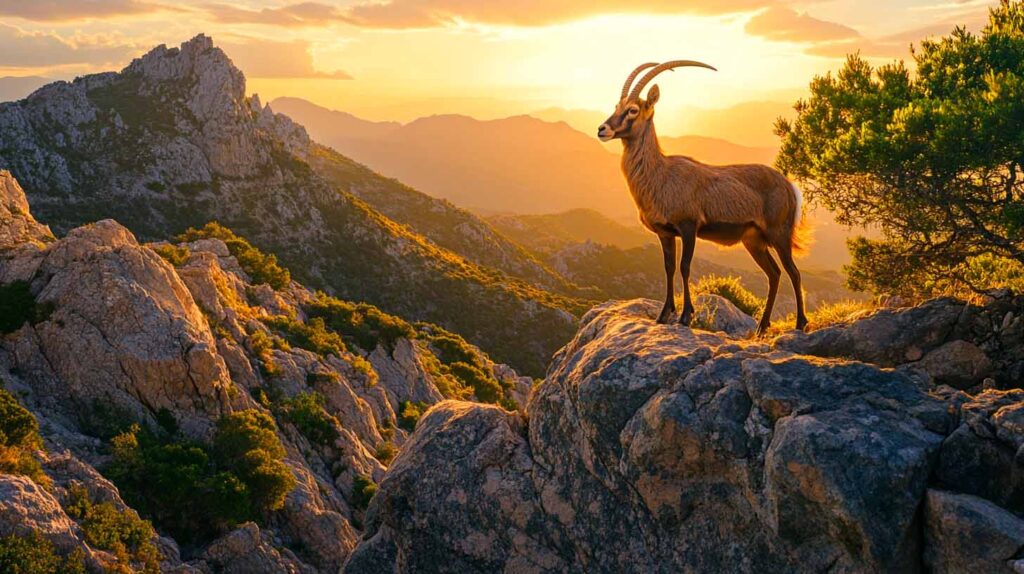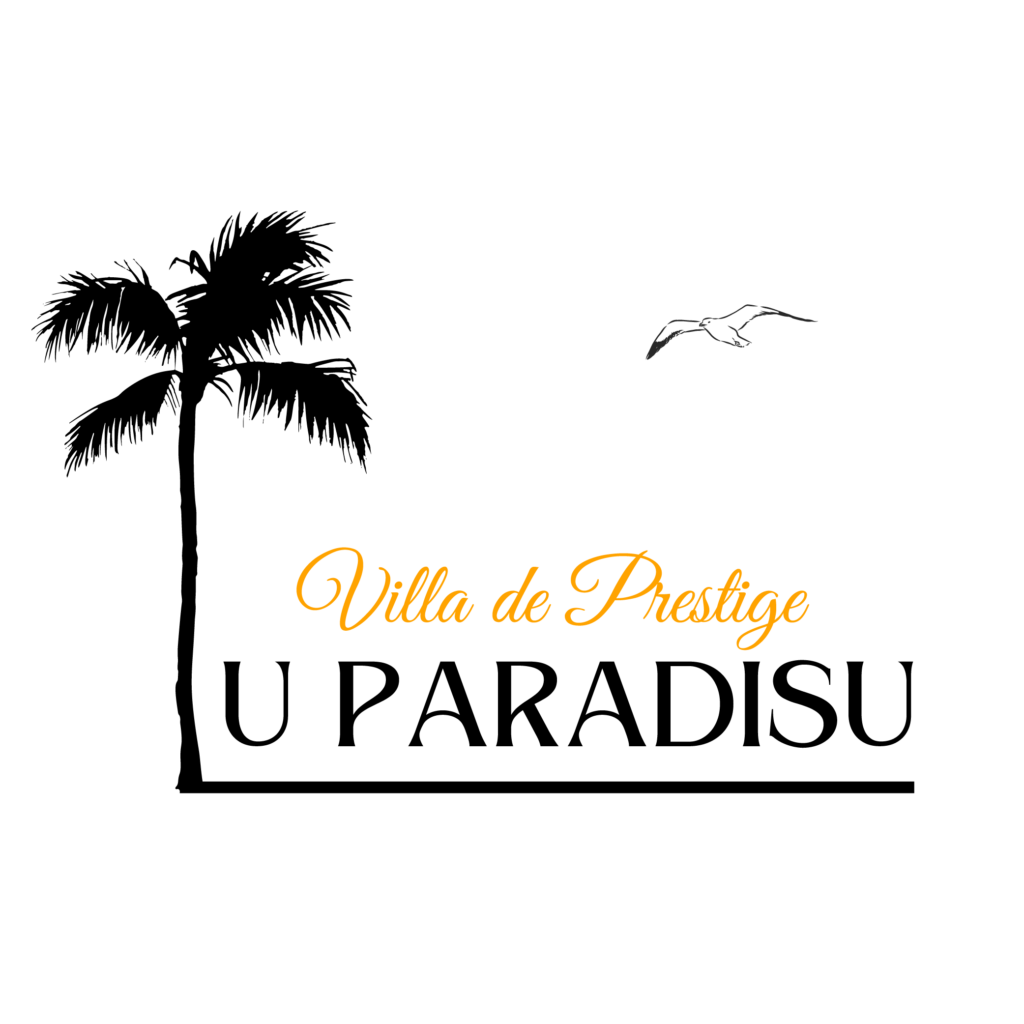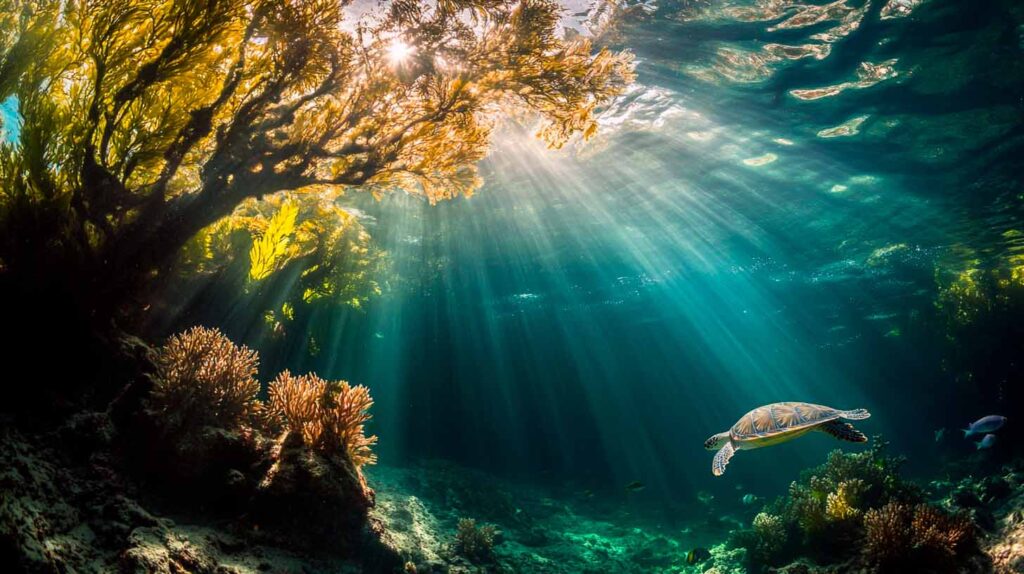Wildlife Conservation in Corsica is more than an ecological concern—it’s a cultural responsibility deeply rooted in the island’s identity. This Mediterranean gem is home to an extraordinary range of biodiversity, including rare bird species, wild boars, and the elusive Corsican mouflon. As tourism grows and human development expands, the need to safeguard these fragile ecosystems becomes more urgent. Local authorities, environmental groups, and concerned citizens are now working together to preserve the balance between progress and protection.
Wildlife Conservation Zones and Protected Areas
One of the key pillars of Wildlife Conservation involves the creation and maintenance of protected natural areas. Corsica boasts several vital reserves, such as the Scandola Nature Reserve and the Parc Naturel Régional de Corse, which collectively shelter endangered species, rare plants, and critical nesting grounds. Scandola, a UNESCO World Heritage Site, is strictly regulated to avoid environmental degradation, preserving both terrestrial and marine life in its pristine state. These zones also offer researchers invaluable data on the state of the island’s wildlife.
Local Community Engagement in Wildlife Conservation
An essential aspect of Wildlife Conservation in Corsica is active community involvement. Educational programs in schools teach children the importance of biodiversity from an early age. Eco-volunteer programs offer hands-on experiences like reforestation, coastal cleanups, and animal tracking. Local farmers and herders are encouraged to use sustainable land practices that help reduce habitat destruction and promote harmony between human life and nature. This sense of shared responsibility fosters a long-term vision for conservation that transcends generations.
Marine Life Protection and Ocean Biodiversity
Corsica’s coastline is as important as its interior when it comes to conservation. The surrounding Mediterranean waters are rich in marine life, such as sea turtles, dolphins, and protected fish species. Efforts to enforce sustainable fishing practices, reduce boat traffic near breeding areas, and monitor pollution levels are integral to preserving ocean biodiversity. Conservation groups collaborate with tour operators and divers to encourage responsible ecotourism, ensuring that natural marine habitats remain undisturbed.
Iconic Species and Preservation Projects
Among the most symbolic species of Corsica is the mouflon, a wild sheep known for its agility and horns. Declining numbers due to habitat loss have prompted targeted breeding programs and GPS tracking to monitor their population. Another key species is the Bonelli’s eagle, once on the brink of extinction, now recovering due to strict legal protections and awareness campaigns that educate locals and visitors alike.
Why Wildlife Conservation in Corsica Matters
Ultimately, Wildlife Conservation in Corsica not only protects fauna and flora but also strengthens cultural heritage, sustains eco-tourism, and promotes environmental stability. By investing in nature today, Corsica ensures that its natural treasures can be enjoyed tomorrow—preserved for future generations and celebrated as part of its unique identity.

Looking for more information about France? Click here.

